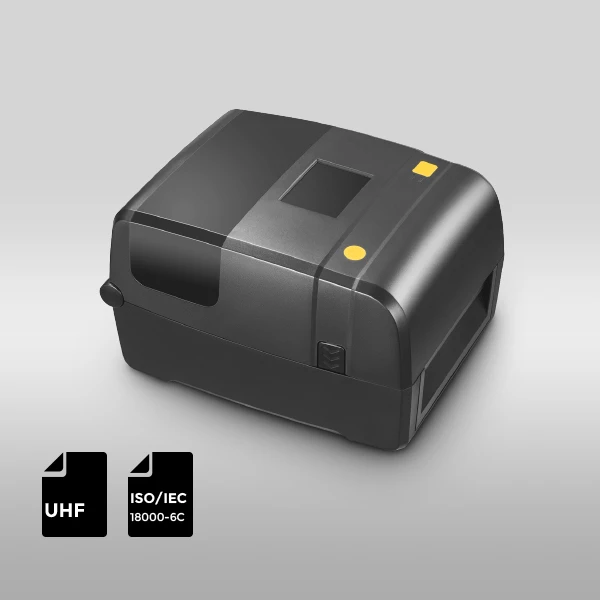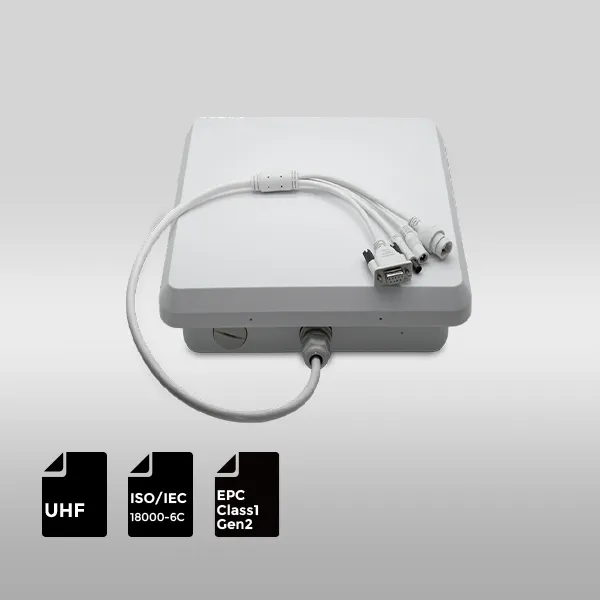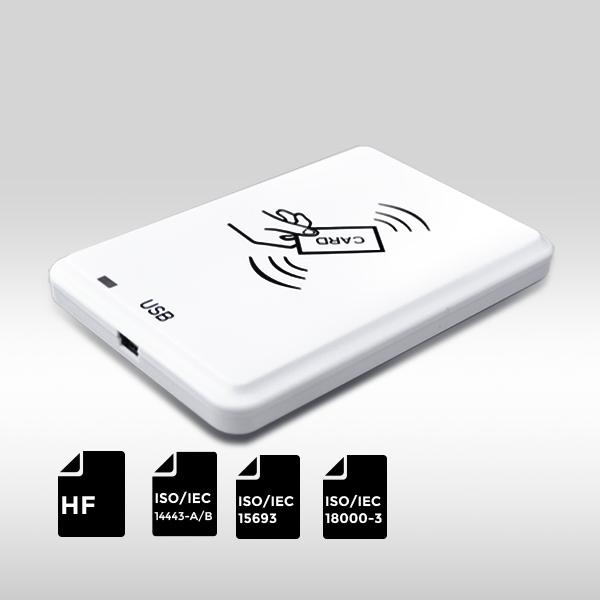
The distress of a dog escaping its enclosure is a scenario no pet owner wishes to experience. Imagine the relief of receiving a call from a local animal shelter, informing you that your dog has been located and identified through its embedded RFID tag.
A dog RFID (Radio Frequency Identification) tag is a compact device incorporating a microchip. This microchip stores a unique identification code that is linked to the owner’s contact information and pertinent details about the animal, all of which are securely maintained within a comprehensive pet registration database.
Mechanism of Operation for Dog RFID Tags
The operational principle of a dog RFID tag is both straightforward and highly effective. Typically, the tag is passive, meaning it does not actively transmit a signal. This design feature ensures the safety of the animal and eliminates any potential health concerns. When a device equipped with an RFID scanner is brought into close proximity with the dog, the tag harvests energy from the scanner via electromagnetic induction. This activation process prompts the chip to emit its unique identification code. The scanner then transmits this code to the relevant database using radio waves, retrieving the pet owner’s contact information. The entire process is generally completed within a matter of seconds.
A veterinarian typically implants the tag subcutaneously, using a syringe-like instrument. This implantation method is considered safe and causes minimal discomfort to the animal. Alternatively, RFID tags can be integrated into a collar design, offering greater flexibility in application.
Implementing RFID Tags for Canine Tracking
Upon deciding to utilize dog RFID tags for pet protection, the initial step involves either implanting or affixing the tag to your dog. A veterinarian typically performs the implantation, ensuring precise and secure placement beneath the dog’s skin, generally between the shoulder blades. The procedure is swift, and most dogs exhibit minimal signs of discomfort. Following implantation, it is crucial to register the tag’s identification code, along with your contact information and relevant pet details, within a recognized pet registration database.
It is important to note that while RFID tags do not offer real-time location tracking capabilities akin to GPS trackers, they are instrumental in facilitating the recovery of a lost dog once it has been found. The relatively low cost and minimal maintenance requirements associated with RFID tags make them an ideal solution for long-term pet identification.
Key Attributes of Canine Tracking with RFID Tags
The utilization of dog RFID tags for pet tracking presents several distinct advantages, rendering it a compelling option for pet identification. Salient features include:
Non-Invasive Nature and Durability
RFID tags are characterized by their small size and lightweight construction. Their ability to operate without an external power source makes them suitable for extended use. The simple design and battery-free operation contribute to a lifespan that can approximate that of the pet itself. Typically, animals experience no discomfort following tag implantation, and the tag remains functional for an extended period.
Uniqueness and Enhanced Security
Each RFID tag is assigned a globally unique identification code, precluding any ambiguity in identifying individual animals. Access to the microchip’s database information is strictly controlled and protected, ensuring the security of pet owner data. As RFID tags are only activated upon scanning, they do not continuously emit signals and pose no adverse health risks to the animal.
Broad Compatibility
Numerous pet management agencies, animal shelters, and veterinary practices worldwide are equipped with RFID scanning devices. This widespread availability ensures that a pet’s identity can be rapidly verified, and the owner contacted, regardless of where the animal is found. The extensive adoption of RFID tags significantly enhances the likelihood of reuniting lost pets with their owners.
Cost-Effectiveness
In comparison to GPS tracking devices, RFID tags are relatively inexpensive and do not incur ongoing maintenance costs. Following the initial implantation, there are no concerns regarding battery replacement or device malfunctions, making RFID tags a practical choice for long-term pet identification.
High Success Rate
The increasing prevalence of RFID scanners in veterinary clinics and animal shelters has led to a corresponding increase in the success rate of pet recovery. These institutions are able to quickly identify lost animals and promptly notify their owners. This technology provides a significant sense of security for both pets and their owners.
In summary, dog RFID tags offer pet owners a dependable, safe, and economical means of identifying their animals. While they do not provide real-time location tracking, their unique identification capabilities facilitate the swift identification of pets and ensure their return to their owners once found. Implanting or affixing an RFID tag to your dog not only increases the chances of recovery if lost but also provides added peace of mind. In unforeseen circumstances, RFID tags serve as a vital link between pets and their owners, facilitating their reunion.
For those interested in acquiring further information about RFID products, please visit rfidltd.com and do not hesitate to contact us.
Frequently Asked Questions Regarding Dog RFID Tags
- What is the distinction between dog RFID tags and GPS trackers?
Dog RFID tags are primarily used for identification purposes, whereas GPS trackers provide real-time location data. RFID tags do not offer real-time tracking but enable rapid confirmation of a pet’s identity upon discovery.
- Is it permissible to implant dog RFID tags in canines?
The subcutaneous implantation of dog RFID tags is a safe and durable practice. Implanted tags do not impede the animal’s daily activities.
- My dog has been implanted with an RFID tag. How can I ensure that the information remains current?
It is imperative to maintain the accuracy of the information associated with the RFID tag in the database. Updates to contact details or other relevant pet information can typically be made by contacting the registration agency or veterinarian, ensuring prompt communication when necessary.
Rec-Products

UHF RFID Printer

Integrated UHF RFID Reader


RFID Antenna UHF
15-Meter Cable for UHF RFID Fixed Reader
UHF Tag
4″x2″ 860-960MHz UHF RFID Label RFID M4D
UHF Tag
4″x4″UHF RFID Label Alien H3 | ISO18000-6C
RFID Antenna UHF
5-Meter Cable for UHF RFID Fixed Reader
HF Card
ABS RFID KEY-FOB Tag RFID Classic 1K
HF Card
ABS RFID KEY-FOB Tag RFID Classic 4K
HF Card
ABS RFID KEY-FOB Tag RFID Ultralight C
HF Tag
ABS RFID KEY-FOB Tag RFID Ultralight EV1
LF Card
ABS RFID KEY-FOB Tag ATA5577
LF Card
ABS RFID KEY-FOB Tag EM4200
HF Card
ABS RFID KEY-FOB Tag EM4305
HF Card
ABS RFID KEY-FOB Tag RFID TAG 213